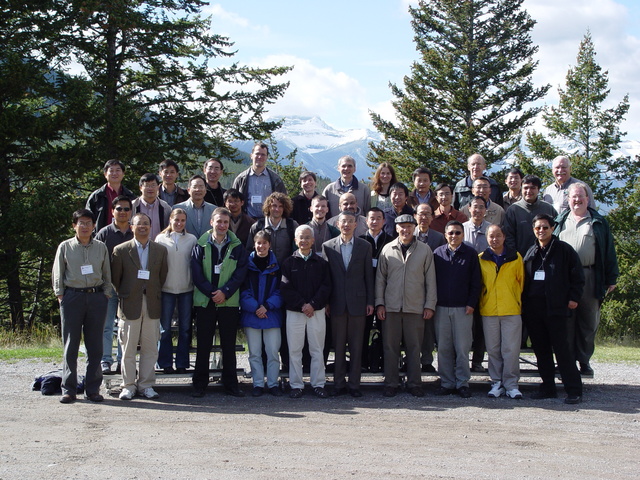Trends in Applied Harmonic Analysis (07w5022)
Organizers
Tony Chan (National Science Foundation)
Charles Chui (Stanford University)
Rong-Qing Jia (University of Alberta)
Description
The past two decades have witnessed perhaps the most fascinating evolution of a popular traditional field in Mathematics, called Harmonic Analysis, in the modern history. The two exciting innovative research areas, called Wavelets Analysis and Mathematics of Image Science, introduced only two decades ago, constitute the primary factor of this evolution, with significant involvement of another traditional research field, called Approximation Theory. Some of the best minds, including many rising stars and most promising students, from around the world will converge on The Banff International Research Station next week, September 23-28, 2007, to contribute to identifying the trend of the current development and setting future research goals. This event is co-organized by an Approximation Theory authority, Professor Rong-Qing Jia of the University of Alberta. The other two co-organizers are the current NSF Director, Professor Tony Chan of UCLA, who is an authority of Mathematics of Image Science, and Stanford Consulting Professor Charles Chui, who is the author of one of the two best-selling books on Wavelet Analysis and a leading expert in Mathematics of Imaging.
The Banff International Research Station for Mathematical Innovation and Discovery (BIRS) is a collaborative Canada-US-Mexico venture that provides an environment for creative interaction as well as the exchange of ideas, knowledge, and methods within the Mathematical Sciences, with related disciplines and with industry. The research station is located at The Banff Centre in Alberta and is supported by Canada's Natural Science and Engineering Research Council (NSERC), the US National Science Foundation (NSF), Alberta's Advanced Education and Technology, and Mexico's Consejo Nacional de Ciencia y Tecnología (CONACYT).
The Banff International Research Station for Mathematical Innovation and Discovery (BIRS) is a collaborative Canada-US-Mexico venture that provides an environment for creative interaction as well as the exchange of ideas, knowledge, and methods within the Mathematical Sciences, with related disciplines and with industry. The research station is located at The Banff Centre in Alberta and is supported by Canada's Natural Science and Engineering Research Council (NSERC), the US National Science Foundation (NSF), Alberta's Advanced Education and Technology, and Mexico's Consejo Nacional de Ciencia y Tecnología (CONACYT).






